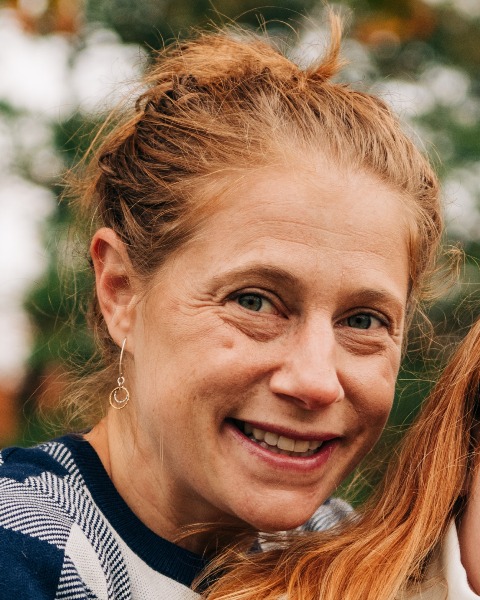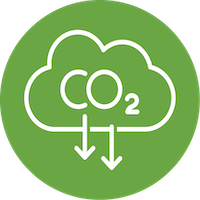Back
The Smart Home
The Road to Decarbonization: Enabling Customer Adoption of Efficient and Connected Solutions
Wednesday, April 13, 2022
9:00 AM – 10:00 AM
Location: Legends C (Level 2)
CE: 1
BPI, INTERNACHI, NARI, ASHI

Alice Rosenberg (she/her/hers)
Deputy Director
Consortium for Energy Efficiency
Pownal, Maine.jpg)
Casey Murphy
VP Customer Solutions
Pearl Certification
Dunkirk, Maryland
Meeting ambitions local, state, and federal greenhouse gas emission reduction targets will require availability of efficient, flexible, and secure residential products that provide consumer amenity. Consumer investment and uptake of these technologies will only occur when the necessary conditions are met. The first half of this session will focus on what characteristics and functionality products must have to deliver this value proposition to customers. Participants will learn about minimum requirements developed by the utility industry that ensure energy efficiency, load management, demand flexibility, and customer amenity from products within a home. This Integrated Home defines whole house principles and provides a turnkey solution for program administrators to deploy decarbonization programs locally for customers. The second half of the session will address barriers and opportunities to consumer adoption of these integrated home products. Participants will learn about DOE’s user-centered study that looks at 1) what the motivations and critical design points are for homeowners as they approach home renovation, and 2) how different residential stakeholders approach purchasing decisions and usage patterns. This work delves into human-centered research that can be leveraged by the home performance industry to catalyze our collective objectives towards a decarbonized future.
Learning Objectives:
By attending this session, attendees will:
- Define how the Integrated Home provides a framework for utility program administrators to enable decarbonization
- Demonstrate how the tradeoffs between consumer amenity and utility obligations can be managed effectively to provide the best possible solution for societal objectives with a turnkey solution
- Reinforce the whole home importance of energy efficiency and load management with the compounding effects of targeted efficient weatherization and efficient, connected products

